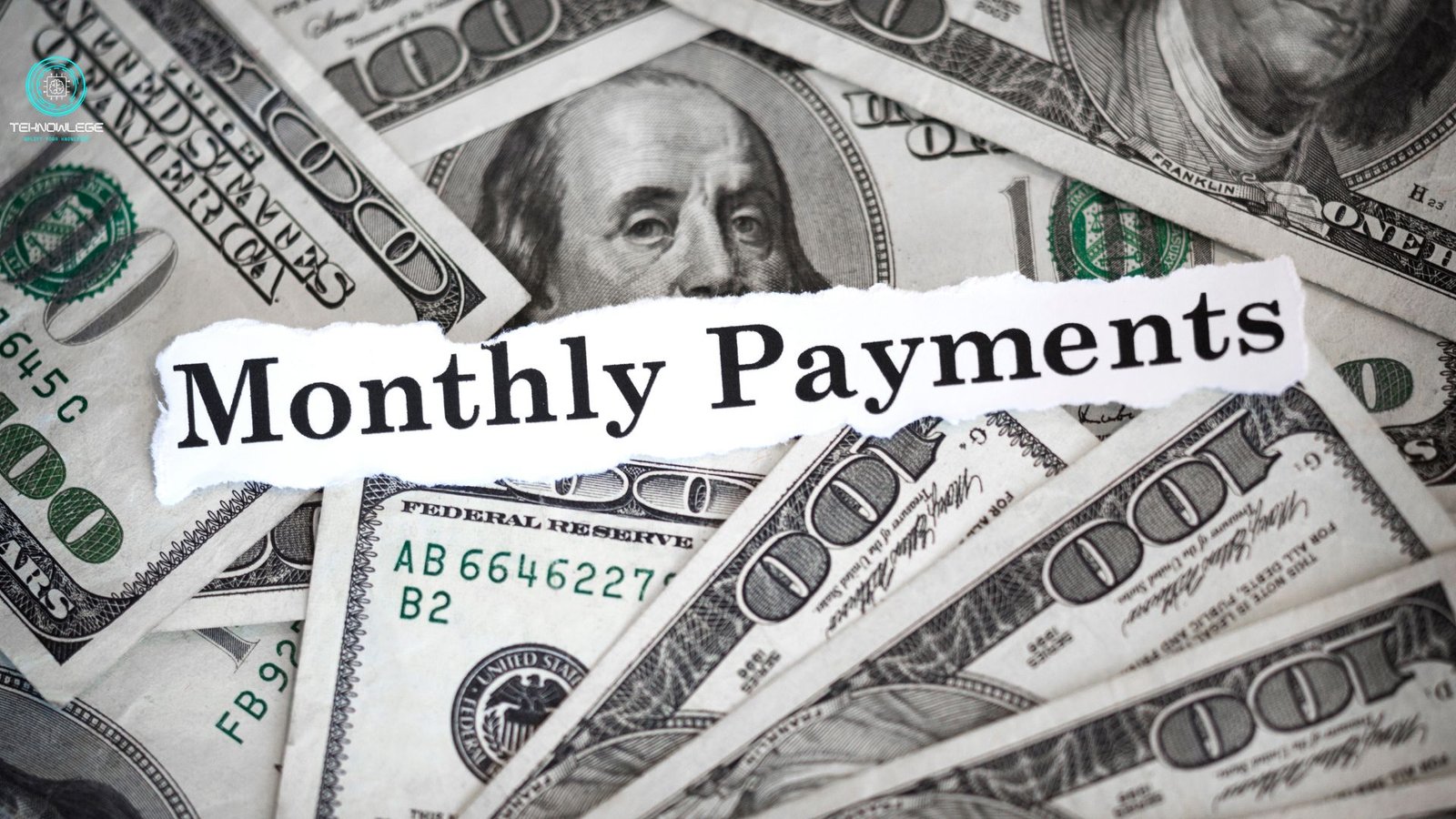Introduction
When exploring different types of savings accounts, many people focus on finding the best high-yield savings accounts. However, understanding which savings account will earn you the least money is equally important for making informed financial decisions. This knowledge helps consumers avoid accounts that offer minimal returns and guides them toward better options for their financial goals.
Traditional Savings Accounts: The Lowest Earners
Traditional savings accounts offered by big bank institutions typically provide the lowest interest rates in the market. These basic savings accounts often feature rates significantly below the inflation rate, meaning savers actually lose purchasing power over time. Traditional banks like Wells Fargo, U.S. Bank, and other established financial institution providers frequently offer these low-interest savings accounts.
Regular savings account options at brick-and-mortar banks typically yield the lowest returns. These accounts may seem like a safe place for funds, but their minimal returns make them poor choices for long-term wealth building.
Monthly Fees That Erode Earnings

Numerous traditional savings accounts charge monthly maintenance fees, which can further diminish your potential earnings. These monthly service fees can range from $5 to $15 per month, significantly impacting the least amount of money earned. When combined with low-interest rates, these fees can result in negative returns.
Monthly fees are particularly problematic for savers with a small amount in their accounts. Even accounts that waive fees with a minimum deposit requirement can become costly if balances drop below the threshold.
Online Banks vs. Mortar Banks

The gap between online banks and traditional mortar banks is substantial when comparing savings rates. Online banks often offer higher interest rates because they have lower operating costs compared to traditional banks. This means traditional banks are the ones that typically offer the lowest-earning savings accounts.
Online banks often provide competitive rates that are 10-20 times higher than traditional bank offerings. They frequently feature better interest rate options and fewer fees, making them superior choices for savers seeking higher returns.
Understanding Interest Rate Structures
Different banks offer varying approaches to interest earnings. Some institutions provide fixed rates, while others adjust based on Federal Reserve policy changes and market conditions. The federal funds rate directly influences how much money savers can earn.
Lower interest rates are typically found at large financial institution networks that prioritize customer service and physical branch access over competitive interest rate offerings. These banks often rely on convenience rather than compelling returns to attract depositors.
Certificate of Deposit Alternatives

While exploring least-earning options, it’s worth noting that certificates of deposit typically offer higher yield compared to traditional savings. However, short-term CDs from traditional banks still provide relatively low returns. CD rates vary significantly between institutions, with online providers generally offering better rates.
The Best Money Market Accounts often outperform both traditional savings and short-term certificates of deposit, providing savers with higher APY while maintaining easy access to funds.
Specific Bank Examples
Several major banks consistently rank among the lowest for savings account rates:
Goldman Sachs offers competitive online savings options, but their traditional banking competitors lag significantly behind. Synchrony Bank, CIT Bank, Varo Bank, and Newtek Bank represent the online banking sector that provides higher returns.
CIT Bank Platinum Savings specifically targets savers seeking competitive interest rate options. LendingClub Bank also provides above-average returns compared to traditional alternatives.
Santander Bank represents the traditional banking model where savers earn much less interest compared to online alternatives.
Account Features That Matter
Beyond interest rates, several account features impact overall returns:
- Direct deposit requirements for rate bonuses
- Mobile app functionality for easy account management
- Initial deposit minimums that affect accessibility
- Overdraft fee structures that can erode balances
- Terms apply conditions that may change rates
Member FDIC protection remains standard across most legitimate banks, ensuring deposit insurance up to $250,000. The Federal Deposit Insurance Corporation and National Credit Union Administration provide this safety net regardless of interest rates.
Building Your Emergency Fund Strategy
An emergency fund serves a specific purpose that may not always require the highest rates. However, choosing accounts that earn the most money rather than the least money helps emergency savings grow over time. Consider your zip code when evaluating local credit union options that might offer better rates than national chains.
For short-term goal planning, higher returns become more critical. Financial needs vary, but most experts recommend avoiding accounts that consistently underperform.
Making the Right Choice
The right savings account depends on individual circumstances, but avoiding the lowest interest rates should be a priority. Consider these factors:
- Account features that align with usage patterns
- Customer service quality for ongoing support
- Deposit accounts variety for different financial needs
- Statement cycle preferences and management tools
Financial advisor consultation can help determine the best savings approach for specific situations. However, basic research reveals that traditional brick-and-mortar institutions typically offer the least money in returns.
Compound Interest Impact
Understanding compound interest helps illustrate why choosing higher-rate accounts matters. Even small differences in savings account rates compound significantly over time. The stock market offers higher potential returns but lacks the stability of deposit rates.
Conclusion
Which savings account earns the least money? The answer consistently points to traditional savings accounts at major brick-and-mortar banks. These accounts combine low interest rates with monthly fees, creating minimal growth potential.
Smart savers compare options across different banks and prioritize accounts offering higher interest rates. While convenience and Social Security number protection matter, earning potential shouldn’t be sacrificed unnecessarily.
The good choice for most savers involves online high-yield account options or credit union alternatives. These provide better rates while maintaining Federal Reserve backing and deposit insurance protection.
Remember that market conditions change, and financial education helps savers adapt their strategies. Whether building an emergency fund or pursuing other financial goals, avoiding the lowest-earning accounts sets the foundation for better long-term results.
Terms apply to all account offerings, so reviewing current rates and conditions ensures optimal selection. The good option today may not remain competitive tomorrow, making periodic account evaluation essential.
By understanding which accounts earn the least amount of money, savers can make informed decisions that support their financial goals and maximize their earning potential in any economic environment.



